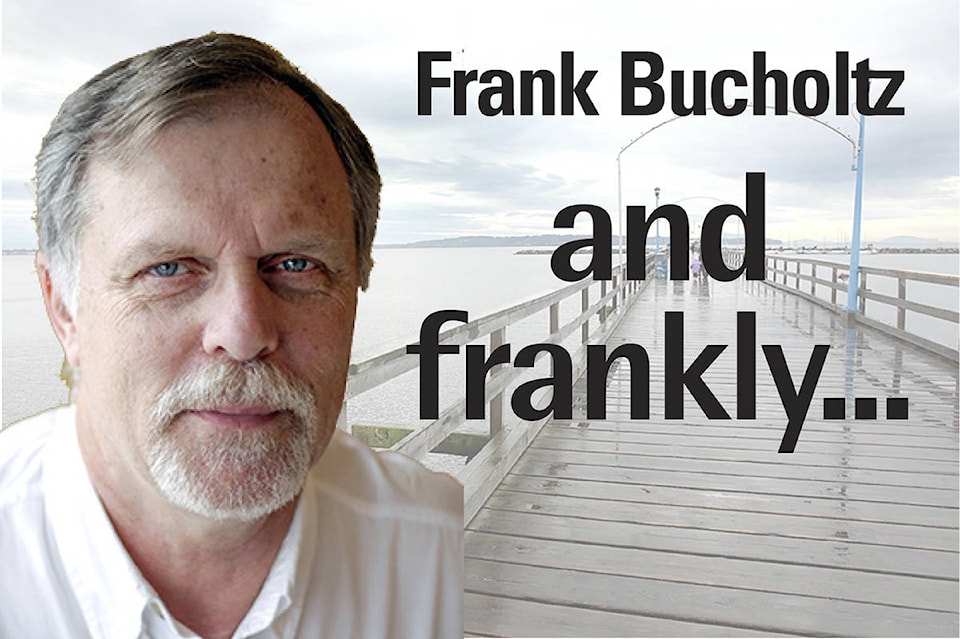Surrey is planning to adopt a coastal flood adaptation strategy as early as this fall, as it takes a pro-active stance on potential flooding issues that could result from climate change.
The city would like to hear from the public on possible measures it could take to ease any problems which could arise. An online survey (https://bit.ly/2Gr1LUl) is presently being conducted until March 30.
While most Surrey urban areas are located on higher ground, dealing with flood waters has always been top of mind for farmers, going back to the earliest days of agriculture here in the 1860s. Farm lands were frequently flooded by sea water due to high tides that flowed up the Serpentine and Nicomekl rivers, until dams were built in the early-1900s.
These dams still play a crucial role today. They are part of a much larger system, which includes pumps, drainage ditches, spillways, floodboxes and dikes, to keep water off farm lands or remove it quickly when there is a major storm or snow melt.
In the early-1980s, high tides combined with heavy rains, causing farm land west of King George Highway to flood. This caused major damage to the soil, due to the high salt content of the ocean water. The dikes were improved and there has been no repeats of that magnitude.
However, among the concerns about climate change is the potential of permanently higher ocean levels. Should that occur, the highest tides could again combine with heavy rain to flood low-lying areas. If there was a one-metre rise, the existing flood controls would be insufficient. A total of 20 per cent of the land area could be affected.
This area is not all farms, either. Two low-lying areas that are outside the farm areas are Crescent Beach and Bridgeview/South Westminster, near the Pattullo Bridge.
Most homes in Crescent Beach are built on low ground. Because it is located at the mouth of the Nicomekl, it is possible that flood waters could come from both east and west.
South Westminster is located along the Fraser River, which on occasion rises. There is a combination of pumps, dikes and drainage ditches there, but there have been occasional floods. There are fewer homes now, but there are many significant business operations, along with schools and churches, and three railways. Any major flooding there would be catastrophic.
Semiahmoo First Nation’s reserve lands south of White Rock also could be prone to ocean flooding, should sea levels rise.
Virtually every railway line and three major highways, along with King George Boulevard, would also be affected.
This could put a stop to 200,000 trips per day, which would have a major effect on the region.
It’s important to think ahead, and a strategy to deal with flooding makes sense. In addition to the survey, those with an interest in this issue can attend an open house on the results to find out more. It will take place in South Surrey at the Rotary Field House (14600 Rotary Way) on Tuesday, April 10, 5-8 p.m.
Frank Bucholtz writes Wednesdays for Peace Arch News, as well as at frankbucholtz.blogspot.ca.
frank.bucholtz@gmail.com
